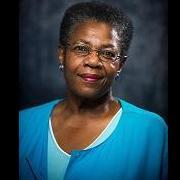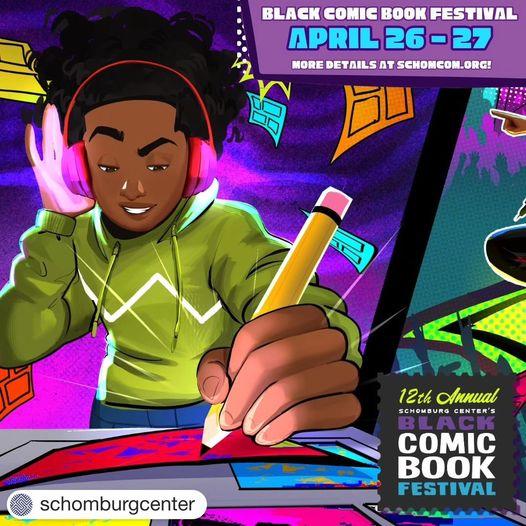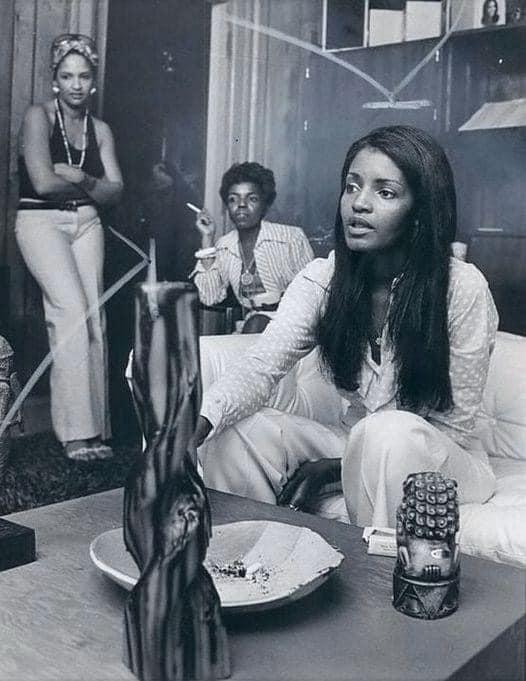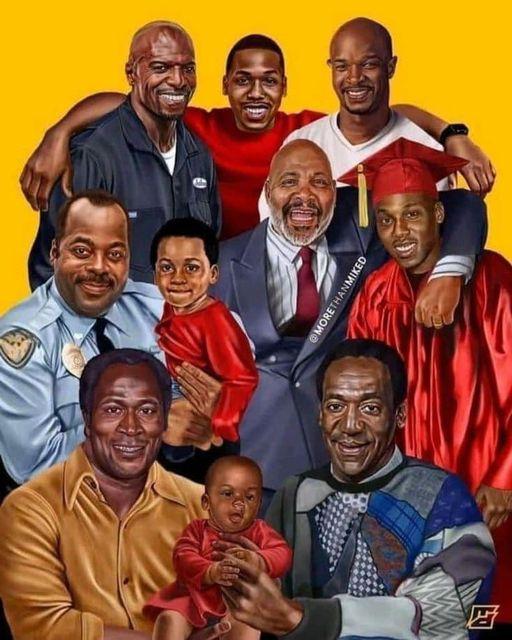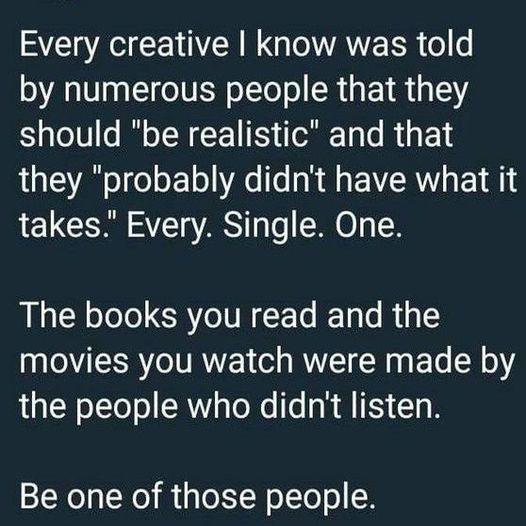from Charles Jeff Wade
My cousin, Sylvia Moy. She saved Stevie Wonders career writing songs for The Key of Life Album. Berry Gordy was going to Dump Stevie when his voice changed from the Boy Wonder to Maturing Young Man. Stevie spoke at her funeral crediting her for Saving him.
Sylvia Moy - 1939-2017
Prolific Motown Records producer and songwriter. Wrote over 180 songs, with Grammy nominations, 20 BMI Awards
Biography
Moy grew up on the northeast side of Detroit with her eight brothers and sisters, performing on pots and pans to keep themselves busy and musical. Once she reached school, she played jazz and classical, but found her true place behind the scenes at Motown Records.The first woman at the Detroit-based music label to write and produce for Motown acts, she is probably best known for her songs written with and for Stevie Wonder. According to Berry Gordy’s autobiography To Be Loved, Moy was directly responsible for the label keeping Stevie Wonder. Gordy wrote that, after Stevie’s voice began to change as a result of puberty, he was going to drop him from the label. It was then that Moy went to Gordy and asked “if she could come up with a hit for Stevie would he reconsider;” he agreed. Her first writing success came with “Uptight (Everything’s Alright),” which she co-wrote with fellow SHOF inductee, Henry “Hank” Cosby, after hearing Wonder improvising on piano. Moy wrote lyrics to the song, which she conveyed to Wonder by singing into his headphones one line ahead as he recorded. In 2006, when Moy was inducted into the Songwriters Hall of Fame, Wonder made a surprise appearance at the ceremony to perform “Uptight” for his former collaborator.Among the subsequent hit singles Moy wrote and/or produced while at Motown were Stevie Wonder’s “My Cherie Amour,” “I Was Made to Love Her,” and “Never Had a Dream Come True;” and “Honey Chile” and “Love Bug Leave My Heart Alone” by Martha and the Vandellas. She also co-wrote “This Old Heart of Mine (Is Weak for You)” with Holland-Dozier-Holland for the Isley Brothers; and “It Takes Two” with William “Mickey” Stevenson for Marvin Gaye and Kim Weston. She was the first female to have the title of “record producer” at the label, and one of the busiest and well-known songwriters of the time.Moy went on to write the theme songs for many television shows and movies and eventually earned six Grammy nominations and 20 BMI awards. She made a solid investment in the future of the arts when she co-founded the Center for Creative Communications, also known as “Masterworks,” which trains young adults in the field of telecommunications and media arts.Moy died of complications from pneumonia in Dearborn, Michigan, at the age of 78.
my favorite black female written song is man in the mirror








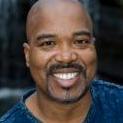
.thumb.jpg.afc88dfee9cd2927de0c440601caac13.jpg)

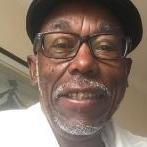
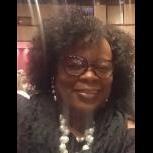
.thumb.jpg.ed52910791d00308abb8c218695bec88.jpg)
